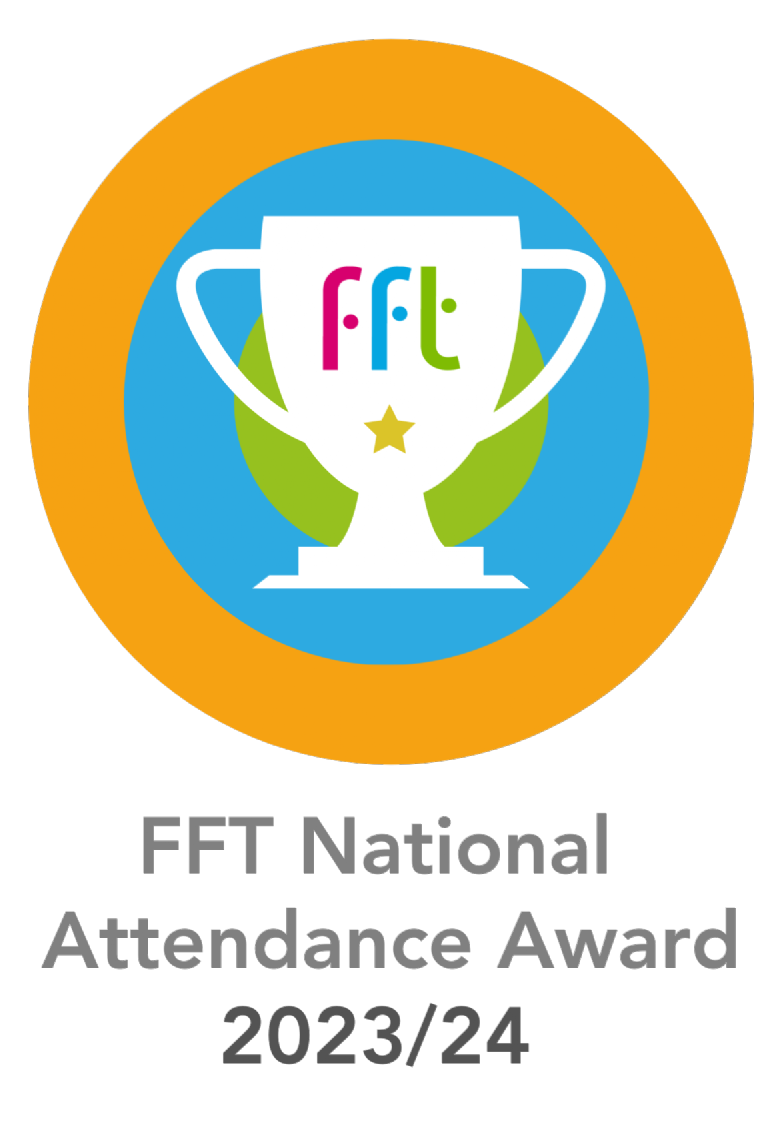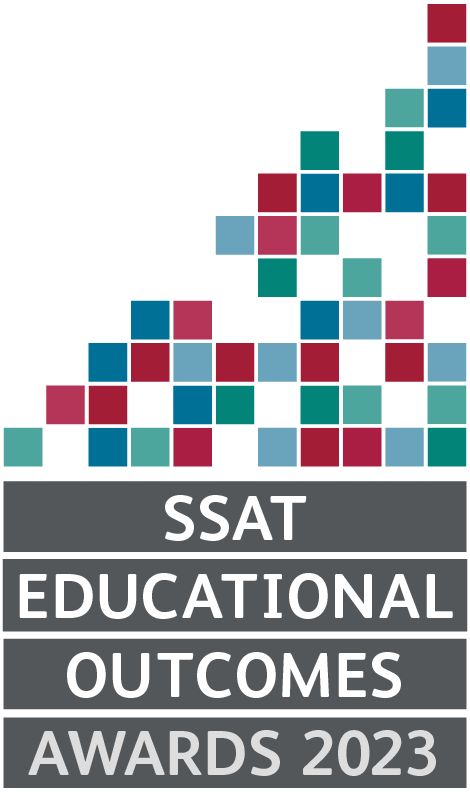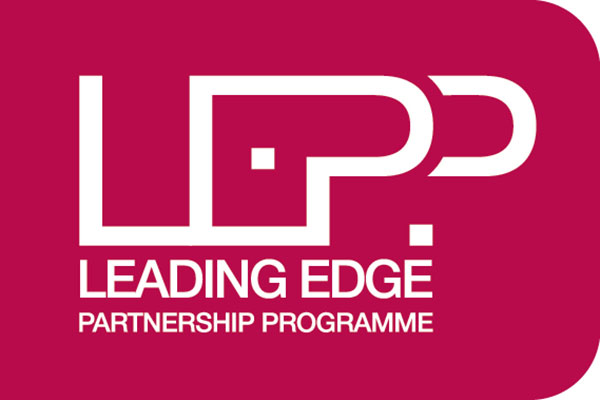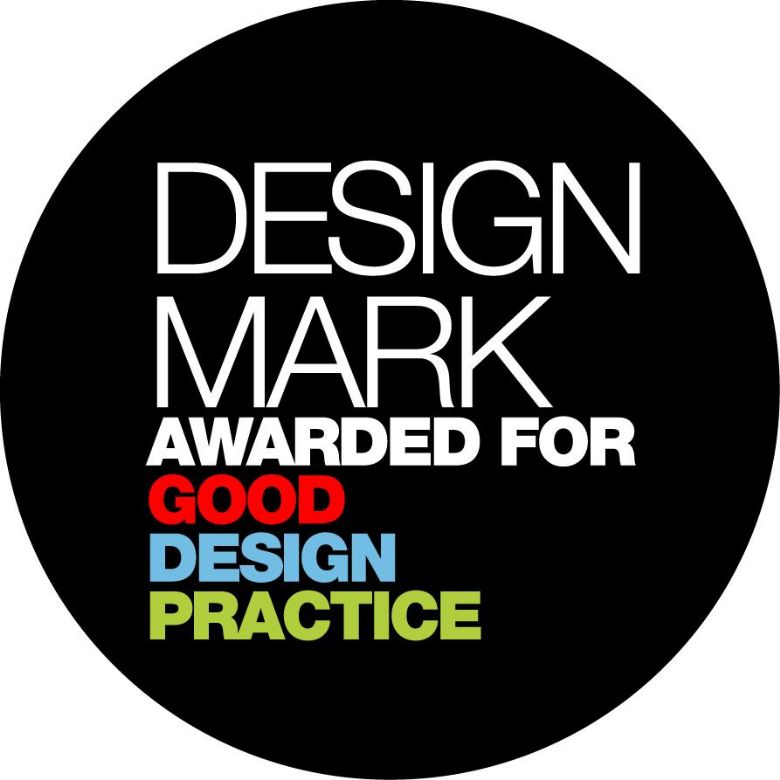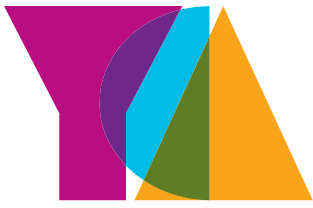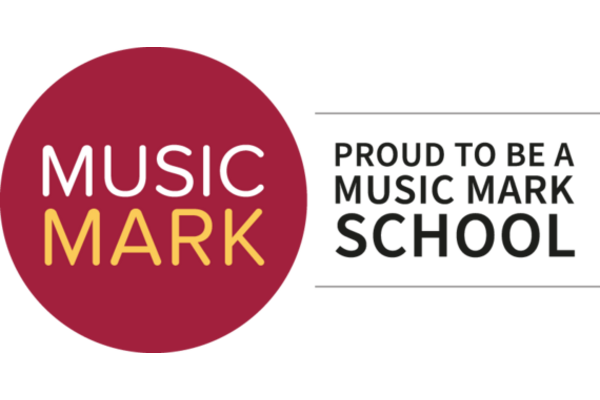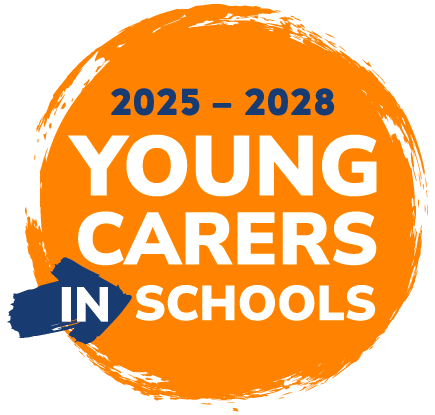GCSE Design and Technology
Why choose GCSE Design & Technology?
GCSE Design and Technology will prepare pupilss to participate confidently and successfully in an increasingly technological world. Pupils will gain awareness and learn from wider influences on Design and Technology including historical, social, cultural, environmental and economic factors. Pupils will get the opportunity to work creatively when designing and making and apply technical and practical expertise. The course allows pupils to study core technical, designing and making principles, including a broad range of design processes, materials techniques and equipment. They will also have the opportunity to study specialist technical principles in greater depth.
Do you want a well-paid job?
Design and technology feeds into two major sectors of employment. UK engineering (mechanical/electrical/civil/structural) is world renowned for excellence, and one of very few sectors where employment is expanding. What you might not know is that the skills people gain in preparation for this profession also make them incredibly good managers and chief executive officers. In fact over a third of the country’s highest paid managers are qualified engineers. The creative industries are one of the largest sectors of employment within the UK, worth around £15.5billion per year, and one of very few sectors to have continued to grow during the recession. Companies are desperate for young designers with fresh ideas, combined with the technical ability to realise creations.
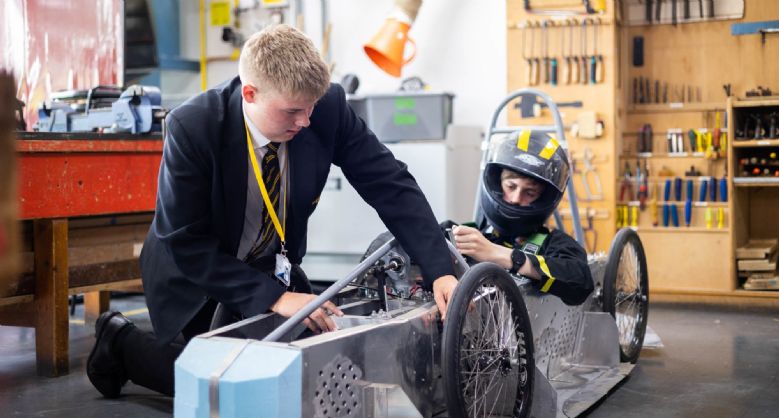
Transferrable Skills
Pupils throughout KS3 have developed skills in the design and creation of products in a wide variety of materials and contexts. They understand the design process, and are comfortable with creating new and unique items. GCSE design and technology is the continuation of this to a higher level, combining practical knowledge with transferrable skills, such as applied mathematical and scientific principles along with problem solving and analytical thinking.
Core designing and making principles
Pupils should understand how the prototypes they develop must satisfy wants or needs and be fit for their intended use and context. They will need to demonstrate and apply knowledge and understanding of designing and making principles in relation to the following areas:
- investigation, primary and secondary data
- environmental, social and economic challenge
- the work of others
- design strategies
- communication of design ideas
- prototype development
- selection of materials and components
- tolerances
- material management
- tools and equipment
- techniques and processes
Core designing and making principles, will be graded within the non-examined assessment (coursework), alongside some questions within the terminal examination.
What will you do?
The GCSE places great emphasis on understanding and applying the iterative design processes. Pupils will use their creativity and imagination to design and make prototypes that solve real and relevant problems, considering their own and others’ needs, wants and values. Evidence of designing can be submitted in a range of formats including A4 or A3 folders, sketchbooks or electronically in PowerPoint format, whilst making can be evidenced in the form of model making, all the way through to a working prototype. The assessment is holistic, ensuring pupils are fully rewarded for their efforts. The department has invested heavily in the latest technologies to support this such as audio-visual equipment, industry standard CAD and graphics software, rapid prototyping machinery, 3D milling and laser cutting.
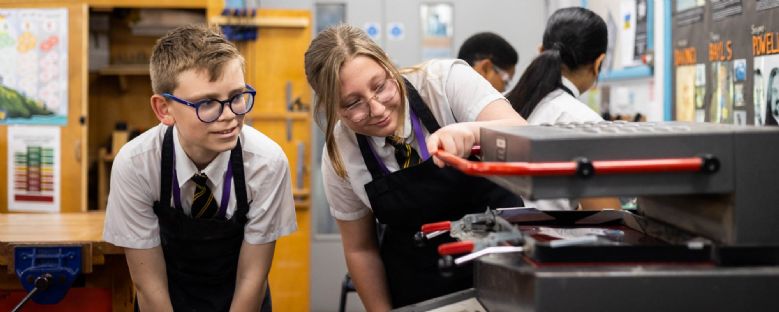
Specialist Paths
Alongside a common core curriculum, you will also choose a specialist focus. This area you will then cover in greater depth, and it will also be primarily the focus of your coursework (NEA).
D&T: Product Design
- Polymers, woods, metals, smart materials
- Forces and stresses
- Rapid prototyping (3D Printing) & advanced CAD
- Scales of production
- Specialist techniques (e.g. plasma cutting)
- Ecological and social footprints (in context)
D&T: Graphic Design
- Board, Card, and Polymers
- Point of sale / packaging
- Laser cutting and wide sheet printing
- Designing of nets
- Specialist techniques
- Ecological and social footprint (in context)
Course Key Details
Non Examined Assessment:
50% – 35 hours of designing and making (low level control) Context driven challenge, with working prototype produced as a result. Work will be within lessons and can be continued at home.
Examinations:
50% – Single 2 hour exam
Progression:
A level Design & Technology (and supports other qualifications too)
Post 16 Courses and Routes to Employment
This GCSE leads directly into A-level Design & Technology following an ‘academic route’. We actually deliver the A-level course at Fernwood on behalf of Bilborough College. University degrees in Engineering (mechanical, electrical, civil etc.) Industrial design, architecture, project management and a vast array of others directly follow on. Following a more vocational route, options include high level professional apprenticeships amongst other choices.
Possible career paths
Management positions, Professional Engineers, Architects, Industrial Designers, Graphic Designers, Marketing, Sales, Business and Entrepreneurship, Mechanical Engineering, Advertising, Apprenticeships such as Rolls Royce.
FAQs
what equipment and machinery does the department have?
The Design & Technology department is extremely well facilitated. We have three workshops and three dedicated graphics suites. Within the workshops we have a range of machinery including pillar drills, hearths, belt sanders, as well as more advanced machines that your child will learn to use throughout their time in KS4. Each workshop is also fitted with a range of hand tools. We have three FDM 3D printers and now also a 3D resin printer. Fernwood incorporates computer numerically controlled manufacturing into some of our projects, and to support this we have a CNC router, CNC milling machine, and CNC lathe, as well as a large-bed laser cutter.
what equipment will my child need?
We recommend that all pupils, on top of their standard school equipment, have a good set of colouring pencils, a pair of thick and thin drawing pens, an A3 sketchbook, and the means to transport it. As a department, we provide pupils with theory note books and key materials in order to complete their year 10 project work. Whilst in lessons, your child will also have access to a wide range of industry standard software and equipment and machinery that will be used throughout their time in Design & Technology.
how much practical is involved?
As this is an academic course, there is a large element of theory which must be taught and understood. We do our best to introduce this in a practical method as much as is possible, but you will still have around a third of your time as focussed theory sessions. Around a third is then spent on practical design activity (drawing, designing, modelling in card/foam etc.) and the finally the last third is on practical construction or CAD/CAM.
what's the difference between graphic design and product design?
Both courses are the same in terms of the exam and final qualification. We do however have the option to bias the courses slightly by material areas, meaning that although both cohorts will study the same knowledge, skills and theory, each will have a deeper knowledge in specific areas. Graphic Design – more focus on packaging, card, paper, CAD, and graphic elements, BUT you will also look at woods, plastics etc. Product Design – more focus on how things work/move, woods, CNC, CAD, BUT you will also look at graphical elements too.
are there any extra-curricular activities my child can be involved with in design & technology?
We usually enter Formula 24 annually, which is a national competition for electrically powered racing cars. We have two chassis, and alternate a new build by year group when finances allow (sponsorship always welcome!). We restrict student participants to those studying KS4 D&T or Engineering. We hope to also launch a 3D printed drone racing club next year too.
do we go on any trips?
Over the last three years we have been to the Design Museum in London, the Triumph Car Factory, and were due to visit JCB this year. We endeavour to organise an annual trip for both year 10 and 11, that supports their learning, and gives a real world insight into areas that are impossible from within the classroom. We also aim to get in outside speakers in from industry, along with physical examples to bring learning to life. Last year we had an expert in 3D printing visit, with industrial applications of the process discussed. A few years before we were lucky enough for Sir Paul Smith to visit and discuss with pupils how his focus on detail, and precision manufacture influences his design processes.
what skills do i need to be successful?
D&T will require an element of creativity and inspiration in order to design products from scratch. You will need to have a desire to unpick how things work, and why they are as they are? There is an element of applied maths within the course. Half the course is marked on an NEA (coursework), and often we find organised pupils, who can work independently, tend to be far more successful in this part.


